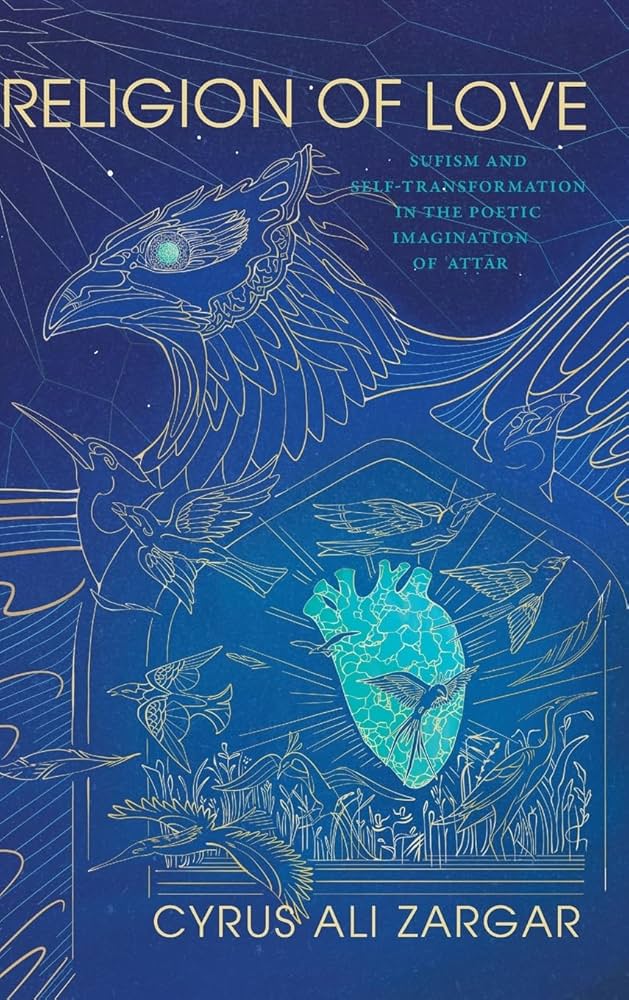
Artists Explore Sufism for Spiritual Inspiration and Divine Expression

# The Enduring Legacy of Qawwali: A Sufi Tradition Thriving in the Modern World
Qawwali, a devotional Sufi music tradition that dates back to 13th-century South Asia, has long been a source of deep spiritual connection and communal engagement. Rooted in the teachings of Sufi saints like Amir Khusrau, qawwali interweaves poetry, rhythm, and melody to invoke divine remembrance and ecstatic transcendence. While it traditionally flourished in sacred spaces such as shrines (*dargahs*), today, it resonates beyond its origins, captivating audiences worldwide in cafes, concert halls, and contemporary art spaces.
## **The Spiritual Foundation of Qawwali**
At the heart of qawwali lies *dhikr*—a practice of devotional remembrance invoking divine attributes through music, poetry, and rhythmic chanting. The lyrics often draw from Persian, Urdu, Hindi, and Arabic Sufi poetry, expressing themes of love, longing, and unity with the divine. The music, characterized by harmoniums, tabla, dholak, and synchronized hand claps, fosters a trance-like atmosphere, drawing listeners into a meditative state.
For centuries, qawwali has been a spiritual cornerstone in South Asia. Shrines of renowned Sufi saints, such as Delhi’s Nizamuddin Dargah or Lahore’s Data Darbar, have echoed with these hypnotic melodies, serving as communal spaces where devotees gather for spiritual upliftment.
## **Qawwali in the Contemporary World: Evolution and Expansion**
In recent decades, qawwali has transcended its traditional confines. International artists, musicians, and cultural institutions have embraced this musical tradition, allowing it to reach new audiences. In particular, Nusrat Fateh Ali Khan’s legendary performances in the West significantly contributed to qawwali’s global recognition, inspiring contemporary interpretations and cross-genre collaborations.
### **A Growing Presence in North America**
Muslim-owned cultural spaces are playing a pivotal role in popularizing qawwali beyond South Asia. One such venue is **Barzakh Cafe** in Brooklyn, which recently hosted the **Saami Brothers**, a group with an 800-year qawwali lineage, for their first Ramadan tour in New York. The intimate setting, devoid of microphones, allowed the raw power of the human voice and rhythm to transport the audience into a deeply immersive experience.
Groups like **Auliya Council**, **Khusrau Circle**, and the **Center for Cultural Vibrancy** are working to preserve and expand qawwali’s presence across the United States and Canada. These organizations emphasize not just the entertainment value of qawwali, but its original purpose as a transcendent spiritual experience.
### **Balancing Commercialization and Tradition**
With qawwali entering Western mainstream consciousness, concerns about commercialization have emerged. Some adherents believe the focus on stage performance and music festivals risks diluting the sacred essence of qawwali.
“To truly revive qawwali, it must be more than just listening—it has to restore the full spiritual experience,” observes Mehdi Kazmi, founder of Auliya Council. Similarly, Hamza Shad of Khusrau Circle reflects, “Qawwali, in its purest form, is a spiritual practice—not entertainment. We risk losing its divine connection if we strip it of its purpose and poetry.”
## **Qawwali’s Influence on Contemporary Art**
Beyond music, qawwali and Sufism have profoundly influenced visual artists, many of whom explore themes of devotion, transcendence, and interconnectedness through their work.
– **Sobia Ahmad**, a Pakistani-American artist, incorporates **dhikr** into her artwork, such as her 2024 exhibition *Devotions*, where she synchronized film shots with her breath to embody the Sufi concept of *tawhid* (oneness).
– **Saks Afridi**, a “Sufi sci-fi futurist,” blends mysticism with futuristic aesthetics, likening his art practice to the **spiritual journey**—a path of transformation and self-discovery.
– **Zain Alam**, during a 2024 residency at **Nawat Fes** in Morocco, created a video installation, *Meter & Light*, mimicking the dynamic shifts of a *dhikr* ceremony, compelling audiences to engage with movement and sound as a form of meditation.
## **Institutional Recognition of Sufi Traditions**
As interest in qawwali and Sufism rises, institutional spaces are taking notice. Recent exhibitions highlight the enduring cultural and artistic impact of these traditions:
– **The Aga Khan Museum** in Toronto presented *Rumi: A Visual Journey Through the Life and Legacy of a Sufi Mystic* in 2023, commemorating the 750th anniversary of the Persian poet’s passing.
– **The Royal College of Music in London** curated *Awaken: Sufi Music and Women in South Asia* (2024), illuminating